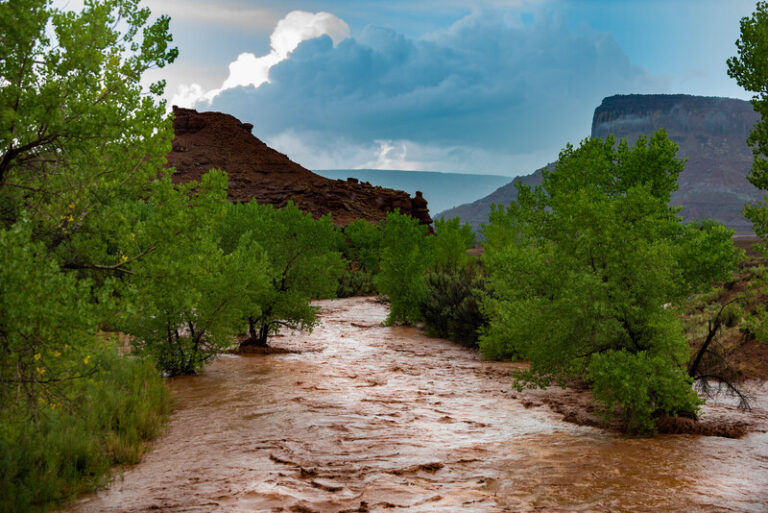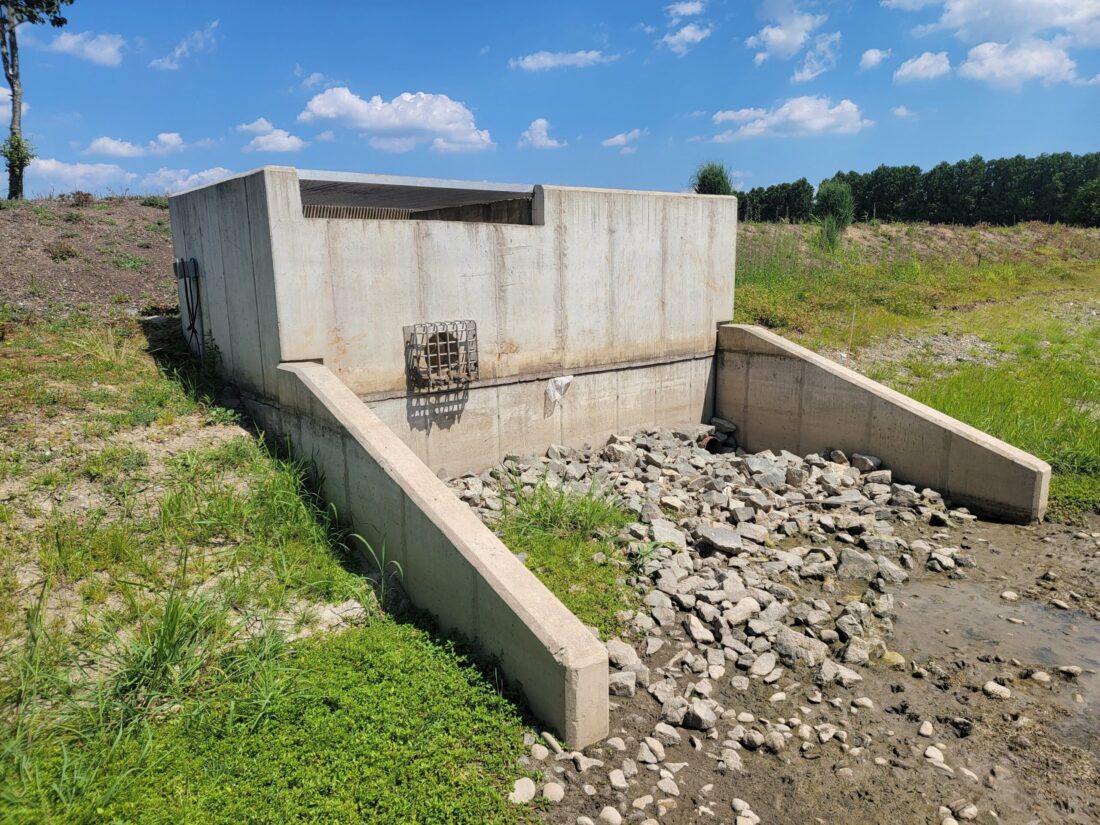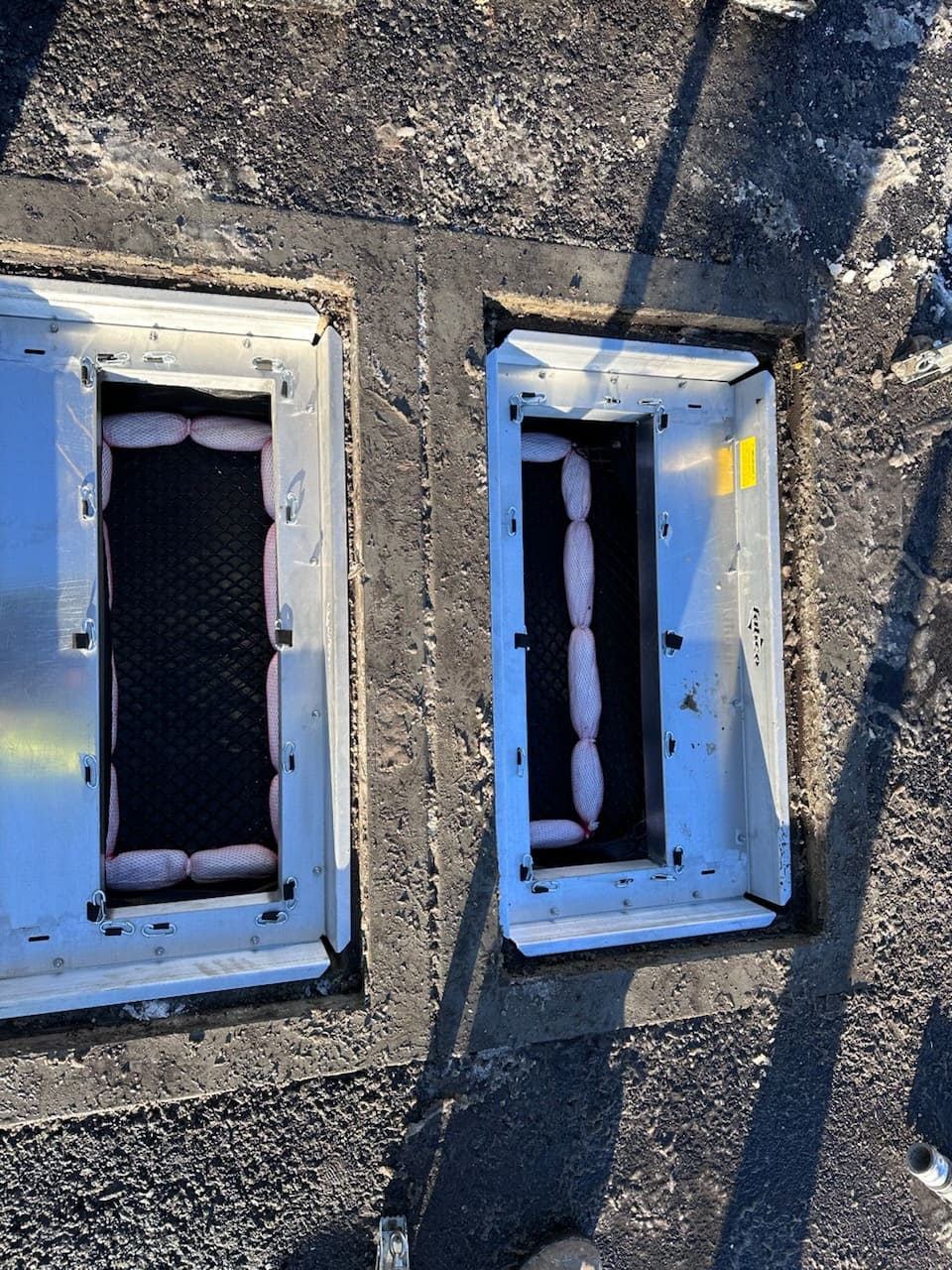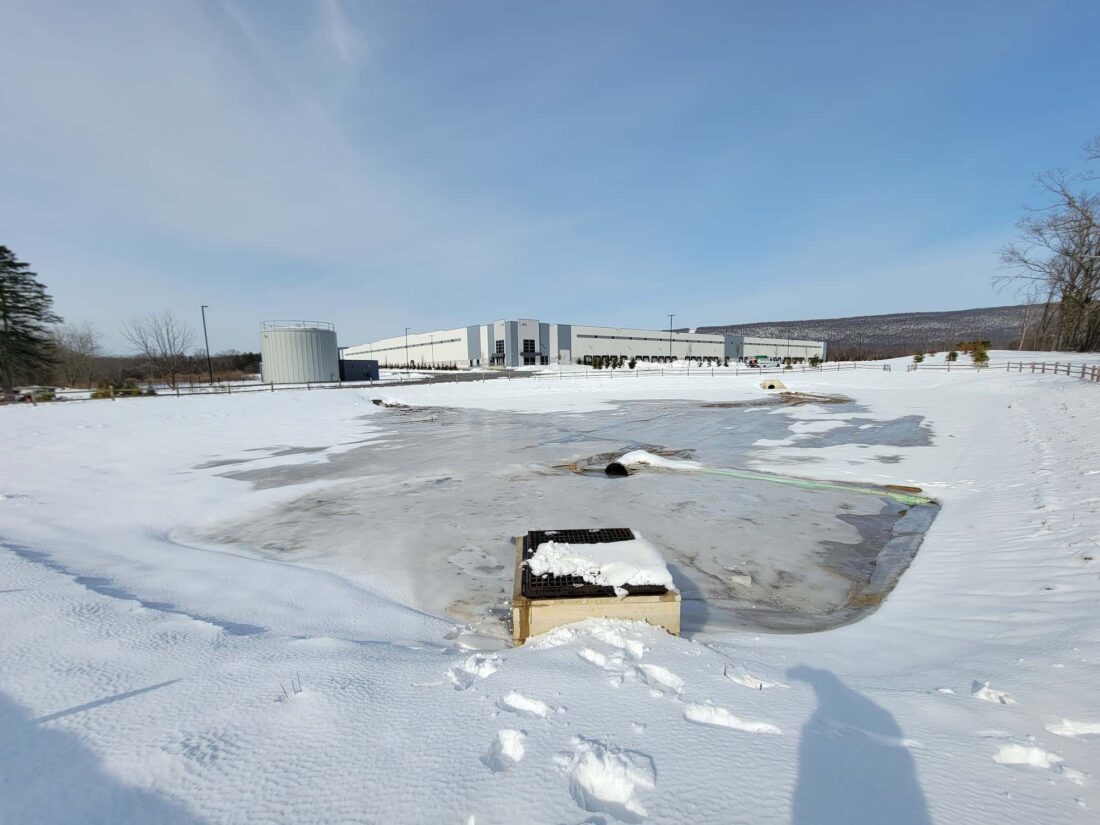
What Is a Flash Flood? Causes of Flash Flooding and Potential Effects.
Last Updated on May 28, 2024 by Stormwater Compliance Solutions
Flash flooding can occur anywhere, regardless of whether you live near a body of water. Simply put, when rainfall is too heavy, flooding can occur in areas with nowhere for the water to go. It can be difficult to prepare for the dangers of flash floods because rainfall can accumulate quickly, and meteorologists often don’t have enough time to warn residents of the sudden, heavy rainfall. The effects of flash floods can be disastrous—not only is there the overall economic impact of flash flooding, but there is also the effect on each household when the property is damaged or possessions are lost forever, and the effects of flash floods on the environment.
There are flash flood solutions, even if you have little time to prepare. Flash flood management through stormwater control systems can help prevent the negative effects of flash flooding and can provide a level of flash flood safety. Read on to learn more about what flash flooding is, flash flood causes, how long flash floods last, and what you can do to ensure flash flood protection.
Flash Flood Meaning and Causes
If you live near a body of water, the chances of flash flooding are higher; however, if you’re wondering, “Where do flash floods occur?” they can occur anywhere. A flash flood is fast moving. The causes of flash flooding are many and can include:
- Heavy rain, often from thunderstorms
- Dam or levee breaks
- Mudslides
Heavy, sudden rain from thunderstorms is a widespread cause of flash flooding. The topography of the area can also determine the intensity of flash flooding. Flash floods can last from several minutes to over an hour.
Flash Flooding Explained
Both rural and urban areas are prone to flash flooding. Why flash floods occur has to do with the cause of the flood and the area’s topography. A rural area in which the ground is already saturated cannot take on any more water; therefore, flooding occurs.
Similarly, flash flooding is not uncommon in urban areas with a lot of concrete and tarmac, the sudden burst of water also has nowhere to go. The importance of stormwater management is profound whether you live in the country, the suburbs, or downtown. If you live in an area where it rains, you could potentially have a flash flood.
How to Prepare for a Flash Flood
If you live in an area that may flood, stormwater inspection and maintenance services are the wisest beginning for flash flood mitigation. Your flash flood defenses are best prepared when a professional inspects your residence or business. Keeping stormwater systems cleaned and maintained is key. To prevent damage or personal injury, you can also:
- Clean roadside inlets, catch basins, and culverts before a storm.
- Have an evacuation plan.
- Allow time for the water to dissipate.
- Seek higher ground (if necessary).
- Ensure detention basins are clean before the storm.
- Clear trash racks.
- Make sure weirs and orifices are clear.
Stormwater management reduces the risk of flash floods by quite a large margin, but keep in mind it is hard to predict the natural world and how much rainfall will fall. At the very least, proper stormwater basin maintenance and cleaning will reduce damage to your home, business, property, and belongings.
Frequently Asking Questions About Flash Flooding
Here are some questions and answers you may find helpful about what flash flooding is.
- How does stormwater management help reduce the risk of flash floods?
Certain stormwater management plans use solutions such as culverts or stormwater detention to mitigate rainfall damage. This can help control where water flows. Stormwater basins and ponds can hold water and then release it when flash flooding is subsiding.
- What are the common causes of flash floods, and how can they be prevented or mitigated?
A flash flood is due to rainfall has nowhere to go; the soil is too saturated, or materials such as concrete block the flow. Flash floods can help be prevented via stormwater management and treatment.
- What are the best practices for designing stormwater management systems to minimize flash flood risks?
Best practices for designing stormwater management systems for flash flooding are mitigation projects. This can include improved conveyances, wetland restoration, stormwater harvest and reuse, acquisition of flood-prone areas, floodwalls, levees, and other interventions. Also, storm drain maintenance, public infrastructure maintenance, and reduced impervious area coverage are imperative.
- How can communities be better prepared for flash floods?
Communities can be better prepared for flash floods by familiarizing town evacuation plans. If one has not been organized, residents should prompt one to be created. It should include emergency shelter areas, where to go for higher ground, and how to inform residents if evacuation is needed.
- What are the regulations or guidelines related to flash flood prevention and stormwater management?
Every state’s guidelines vary. New Jersey follows the Clean Stormwater and Flood Reduction Act. As of July 17, 2023, the Inland Flood Protection Rule is also in effect. The rule requires best management practices (BMPs) for stormwater and new Design Flood Elevation (DFE)*.
- How can we enhance collaboration between various stakeholders (e.g., local governments, engineers, urban planners, and community members) to improve flash flood resilience in stormwater management?
Residents can discuss stormwater concerns at their next town meeting. *New Jersey specifically was hit by heavy rainfall and extreme flash flooding in July 2023. It is hoped that this will motivate residents, engineers, planners, and governments to work together to solve stormwater problems. One woman died in the heavy rainfall experienced during July 2023 in New Jersey.
- What are some successful case studies or examples of communities that have effectively managed flash flood risks through improved stormwater management?
Austin, MN: Residents rallied for a downtown flood project that was implemented
Fargo, ND: Implemented stormwater systems despite political pushback
Grand Island, NE: Increased floodwater storage in downstream communities
Lincoln, NE: Used a development project to restore watershed
Tulsa, OK: Implemented new draining systems
- How can climate change impact the frequency and severity of flash floods, and how should stormwater management adapt to these changes?
Climate projections believe there will be intense storm events in the future and also think recent (2023) flooding events are very much connected to climate change. Because flash floods happen so quickly, this can be hard to predict. Engineers can model future flood events using simulation, and BMPs will likely have to be adjusted to the impact of climate change, and new designs must be implemented to adapt to anticipated flooding events in the future.
Flash flooding is dangerous, however, its damage can be prevented or eradicated with the designs implemented by engineers and researchers. These people work daily to help protect the environment from stormwater runoff from buildings and residences.
Contact our team of stormwater professionals today for further information about flood risk and potential mitigation measures. We can be reached at [email protected] or 908.879.1145.




